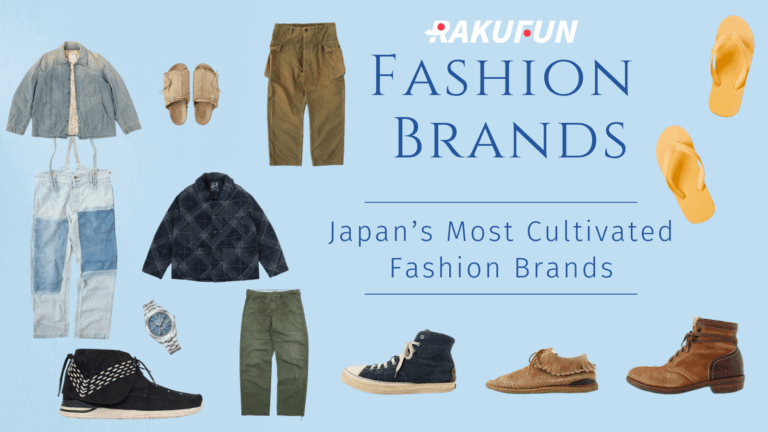
Japan’s fashion landscape is a universe of its own—a place where tradition collides with futurism, where meticulous craftsmanship meets radical experimentation. While Western brands chase viral moments, Japanese designers build legacies. Their work isn’t just about clothing; it’s about philosophy, history, and often, quiet rebellion.
To truly understand Japanese fashion is to go beyond the surface—beyond the logos, beyond the hype. It’s about knowing why certain stitches are used, why certain fabrics are chosen, and why some designers refuse to follow trends at all. Here, we dive deep into the brands that define Japan’s fashion identity, uncovering the stories and details that even seasoned fans might not know.
Fragment Design: The Invisible Hand Behind Streetwear
Hiroshi Fujiwara didn’t just influence Japanese fashion—he reshaped global streetwear. Fragment Design, his brainchild, operates more like a creative collective than a traditional brand. Fujiwara’s genius lies in his ability to turn the simplest designs into cultural artifacts. The fragment lightning bolt isn’t just a logo; it’s a cipher, a mark of authenticity that transforms even a plain T-shirt into a collector’s item.
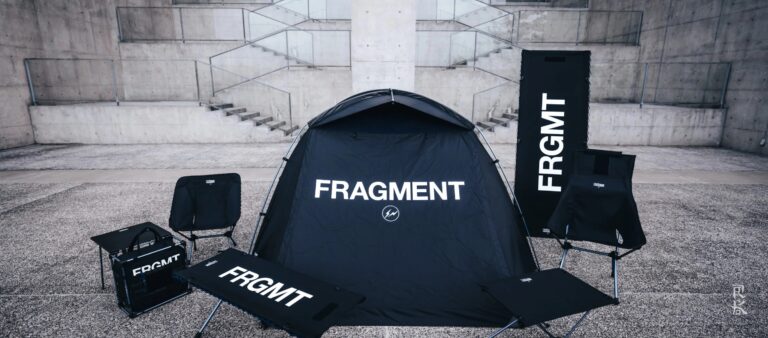
What many don’t realize is that Fujiwara’s approach is deeply rooted in punk. In the ’80s, he was part of the Tokyo underground scene, bringing DIY aesthetics to fashion long before “streetwear” was a buzzword. Today, his collaborations—whether with Nike, Moncler, or even Tiffany & Co.—aren’t just about branding. They’re about curation. Every fragment drop is a lesson in restraint, proving that sometimes, less really is more.
Visvim: The Slow Fashion Revolution
If most brands operate on seasonal cycles, Visvim exists outside of time. Hiroki Nakamura’s label is built on patience—patience to research, patience to craft, patience to let materials age naturally. A single pair of Visvim boots might incorporate techniques from 19th-century shoemaking, hand-dyed indigo from Okinawa, and soles designed to mold to the wearer’s feet over years.

The brand’s “Folk” line is a perfect example. These pieces aren’t just inspired by vintage Americana; they’re reconstructions of it, using deadstock fabrics and artisanal dyeing methods. Visvim’s cult following isn’t just buying clothes—they’re investing in heirlooms.
Comme des Garçons: The Anti-Fashion Fashion Brand
Rei Kawakubo doesn’t design clothes; she designs ideas. Comme des Garçons (CDG) has been challenging fashion norms since the ’70s, long before “deconstruction” became a trend. Kawakubo’s most radical collections—like 1997’s “Body Meets Dress, Dress Meets Body,” with its lumpy, distorted silhouettes—weren’t just controversial; they redefined what clothing could be.

Even CDG’s more accessible lines, like Play or Shirt, carry this subversive DNA. The Play heart logo, often mistaken for a cutesy graphic, is actually a twisted take on consumerism. And CDG’s fragrances? They’re crafted to smell “unfinished,” rejecting traditional perfume structures. Kawakubo’s work asks: Why should fashion be pretty? Why can’t it be uncomfortable, challenging, even ugly?
Yohji Yamamoto: The Shadow Master
Yohji Yamamoto’s all-black aesthetic isn’t just a color choice—it’s a worldview. Inspired by Japanese mourning dress and postwar minimalism, his designs embrace emptiness, asymmetry, and imperfection. A Yohji coat might drape like a shadow, with sleeves that hang longer than necessary, forcing the wearer to move differently.
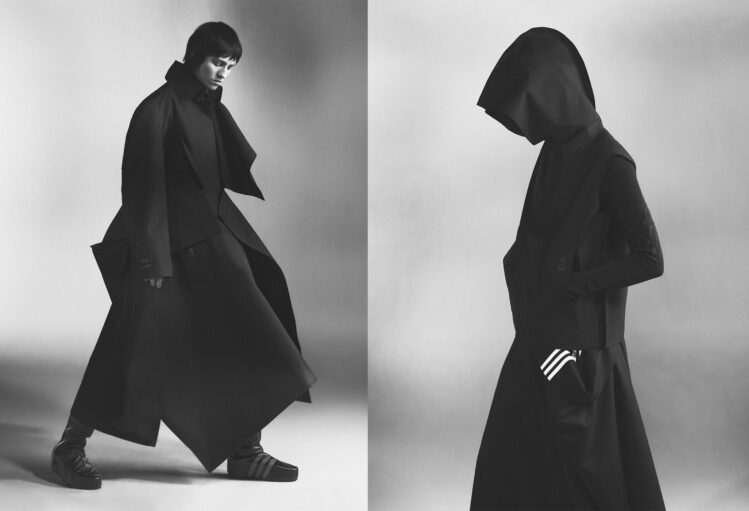
Few know that Yamamoto’s love for black stems from a personal place. After his father died in WWII, his mother dressed only in black for decades. That grief, that silence, is woven into every stitch. His collaborations with Adidas (Y-3) brought his avant-garde vision to sportswear, but the heart of Yohji will always be in those dark, poetic runway moments where models seem to float rather than walk.
WTAPS & NEIGHBORHOOD: The Code of the Streets
WTAPS (founded by Tetsu Nishiyama) and NEIGHBORHOOD (by Shinsuke Takizawa) are the gatekeepers of Tokyo’s hardcore streetwear scene. These brands don’t follow trends—they follow codes. WTAPS, with its military precision, is built on the concept of “double taps” (a marksman’s term for ensuring a target is down). Every jacket, every pant, is designed like tactical gear, but with a streetwear edge.
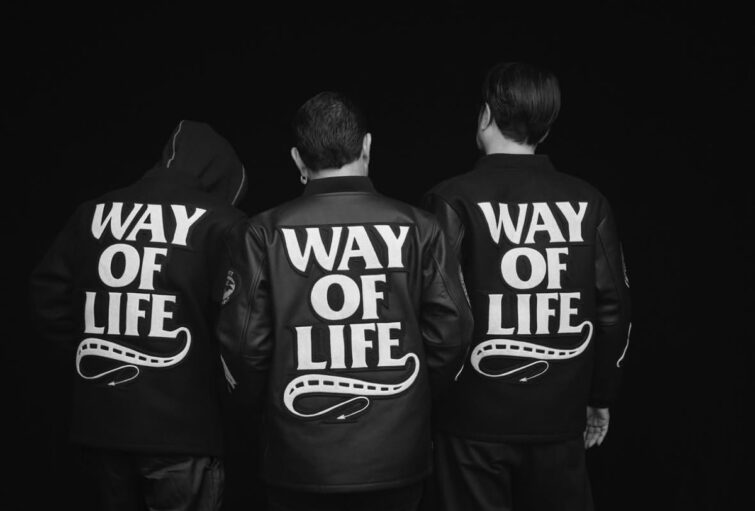
NEIGHBORHOOD, on the other hand, is pure biker rebellion. Takizawa’s collections are filled with references to outlaw culture—think distressed leather, chrome hardware, and prints inspired by vintage motorcycle gangs. The brand’s signature “Ripper” denim, with its extreme fading and repair stitching, is a middle finger to pristine, mass-produced jeans.
UNDERCOVER: Fashion’s Dark Fairy Tale
Jun Takahashi’s UNDERCOVER is where punk grows up—but never sells out. Early collections featured anarchist slogans and DIY graphics, but over time, Takahashi embraced a darker, more narrative-driven approach. His 2003 “SCAB” collection, inspired by Frankenstein, featured models with exposed stitching as if their clothes were barely holding them together.
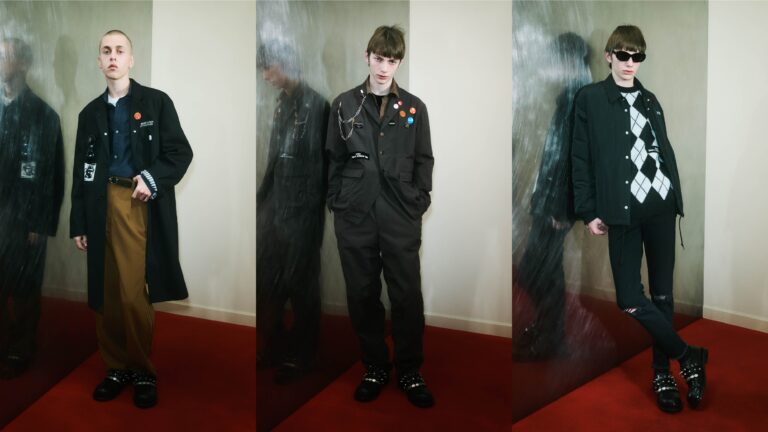
UNDERCOVER’s collaborations (like the iconic “GILAPPLE” sneakers with Nike) are cult hits, but the real magic is in Takahashi’s runway shows. One season, models carried melting dolls; another, they wore giant teddy bear heads. It’s fashion as theater, and Takahashi is the director.
SACAI: The Alchemist of Hybrids
Chitose Abe doesn’t design clothes—she engineers them. SACAI’s signature move is taking two unrelated garments and fusing them into one. A parka becomes a knit sweater. A trench coat merges with a ballgown. The result? Pieces that look impossible but feel natural.
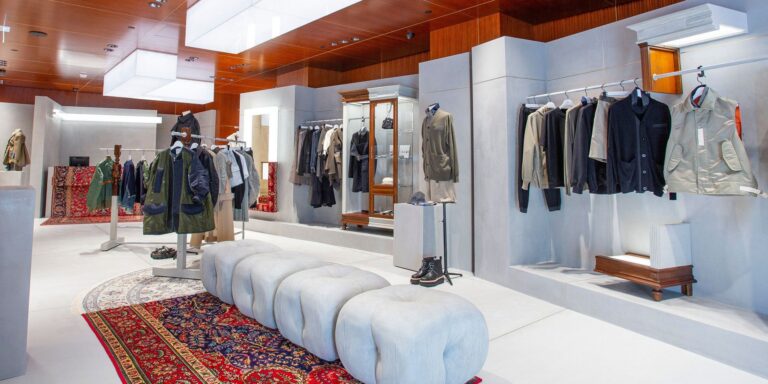
Abe’s Nike collaborations (like the Sacai LDWaffle) broke the internet, but her real innovation is in textile manipulation. She’ll take a traditional wool and layer it with technical mesh, or weave metal threads into silk. SACAI proves that the future of fashion isn’t just about new shapes—it’s about new materials.
READYMADE: The Art of War Repurposed
Yuta Hosokawa’s READYMADE turns military waste into luxury. Each bag is handmade from vintage army tents, parachutes, or even decommissioned uniforms. The process is painstaking—some pieces take months to complete—but the message is clear: Nothing should be disposable.
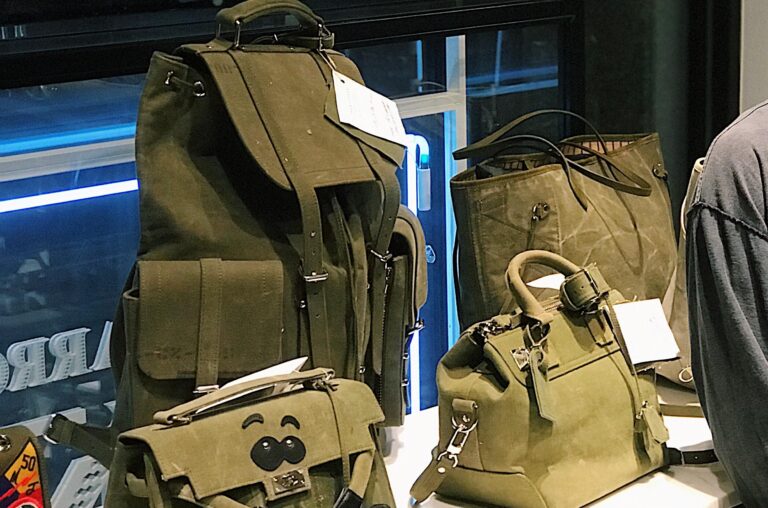
The brand’s “Make Love Not War” slogan isn’t just a throwback to the ’60s; it’s a mission statement. In a world drowning in fast fashion, READYMADE is a call to slow down, to respect resources, to make things that last.
KAPITAL: The Samurai of Americana
KAPITAL takes classic American workwear and flips it into something distinctly Japanese. Their “Sukajan” jackets, covered in intricate embroidery, blend Okinawan folk art with bomber-jacket bravado. Their denim is patchworked, overdyed, and sometimes even burned—a celebration of wabi-sabi (the beauty of imperfection).
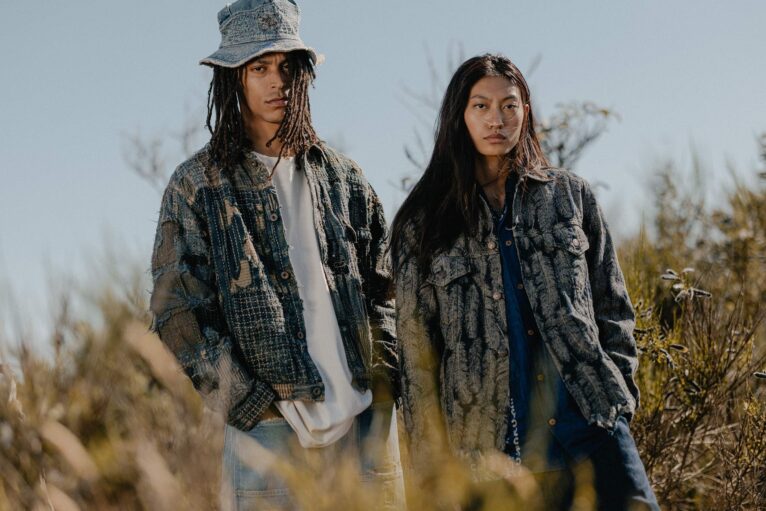
Founder Toshikiyo Hirata was a denim purist before turning KAPITAL into a psychedelic playground. Now, the brand’s collections might include everything from Edo-period prints to hippie-era tie-dye. It’s Americana, but not as you know it.
N.HOOLYWOOD: The Silent Innovator
Daisuke Obana’s N.HOOLYWOOD is where function meets stealth. His “Test-EX” line rigorously prototypes garments for real-life use—jackets with hidden vents for cyclists, or suits with built-in tech pockets. The aesthetic is minimalist, but the details are anything but.
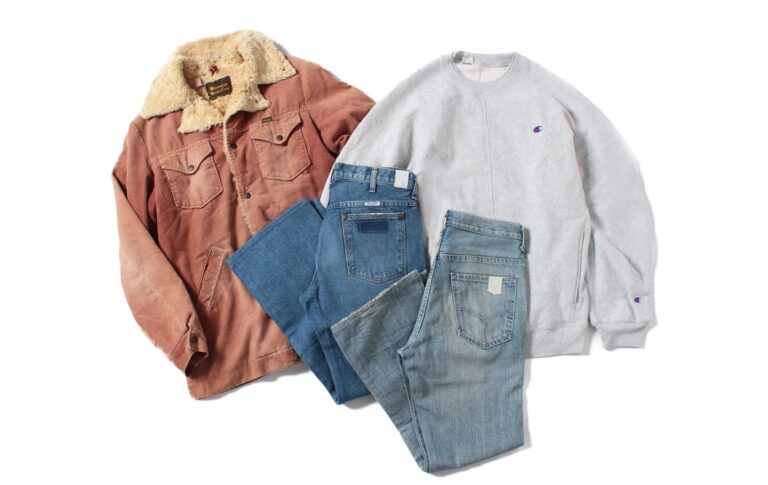
Obana’s work is a reminder that innovation doesn’t have to shout. Sometimes, the most radical statement is a perfectly tailored coat that does exactly what it’s supposed to.
Issey Miyake: The Scientist of Shape
Issey Miyake didn’t just make clothes—he redefined how they could move. His “Pleats Please” line used heat-pressed pleating to create garments that could be crumpled into a bag and spring back wrinkle-free. His “A-POC” (A Piece of Cloth) line was even more radical—customers could cut their own garments from a single textile tube.
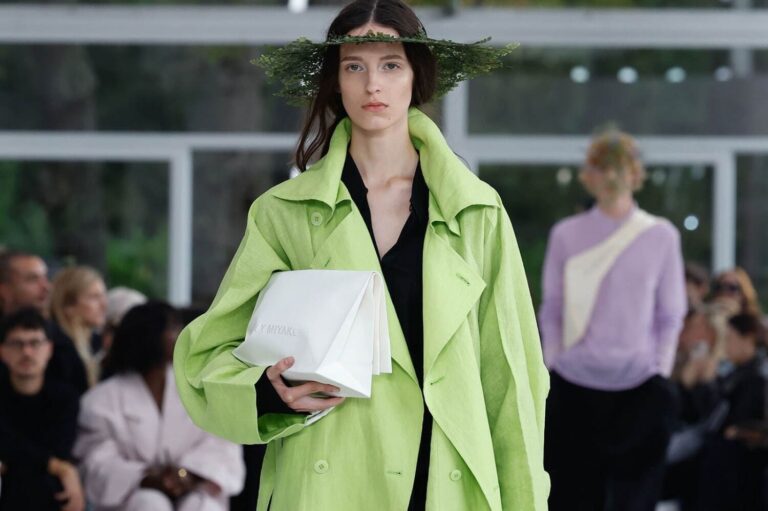
Miyake’s work was never about trends. It was about solving problems. How can clothing be more free? More adaptable? More sustainable? His legacy is a reminder that fashion can be both art and science.
Comoli: The Return to Nature
In a world of synthetic fabrics, Comoli is a return to the earth. This rising brand focuses on organic dyes, handloom weaving, and fabrics that age beautifully over time. Each piece feels alive, as if it’s still connected to the soil it came from.
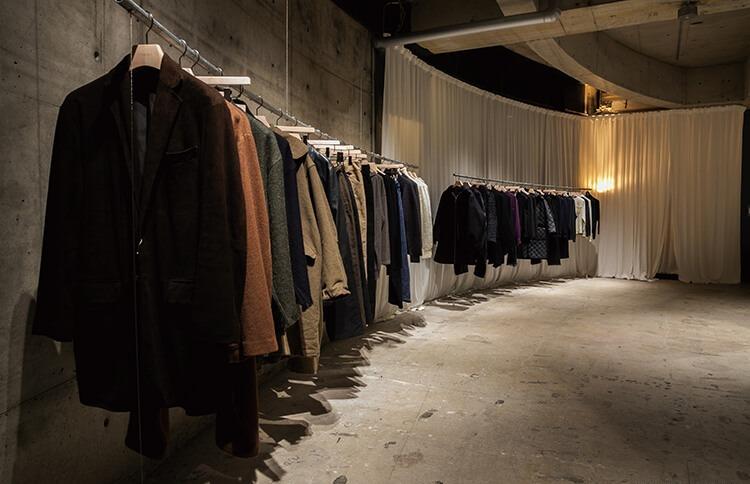
Comoli’s designs are simple, but the process isn’t. Natural indigo dyeing, for example, can take weeks of fermentation. The result? A blue that’s deeper, richer, and more personal than any chemical alternative.
Why Rakufun is Your Bridge to Japanese Fashion
These brands aren’t just selling products—they’re offering pieces of a culture. But for those outside Japan, accessing them can be a challenge. Limited releases, language barriers, and exclusive boutiques make it hard to get the real deal.
That’s where Rakufun comes in. As a trusted Japanese proxy shopping service, Rakufun gives you direct access to Tokyo’s hidden gems. Whether it’s a Visvim robe from the flagship in Harajuku, a rare UNDERCOVER sample sale find, or the latest drop from WTAPS, Rakufun handles the logistics so you don’t have to.
With Rakufun, you’re not just buying a jacket or a pair of jeans. You’re owning a piece of Japanese fashion history—one that’s been crafted with care, designed with intention, and made to last.
So why settle for mass-produced trends when you can wear something with a soul? Explore Rakufun today, and step into the real world of Japanese fashion.
Rakufun simplifies Japanese proxy shopping and global shipping, your all-in-one app for a seamless, fee-free experience:https://blog.rakufun.com/?p=9518

